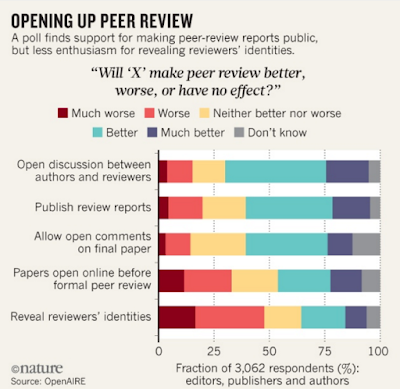Event Recap: Intellectual Property Panel “From Research to Patent”
by Adrian Rivera-Reyes On November 10 th , the Penn Science Policy Group and the Penn Intellectual Property Group at Penn Law co-hosted a panel discussion focused on intellectual property and how to patent scientific research. The panel included Peter Cicala, Chief Patent Counsel at Celgene Corp.; Dr. Dora Mitchell, Director of the UPstart Program at the Penn Center for Innovation (PCI) Ventures; and Dr. Michael C. Milone, Assistant Professor of Pathology and Laboratory Medicine at the Hospital of the University of Pennsylvania (HUP), and Assistant Professor of Cell and Molecular Biology at Penn Medicine. The event started with the introduction of both groups by their respective presidents and was proceeded by Kimberly Li giving an introduction of the panelists. Next, Peter gave a short PowerPoint presentation with a general introduction of intellectual property. Below are some key points to understand intellectual property/patent law 1,2 : 1) In general, paten
